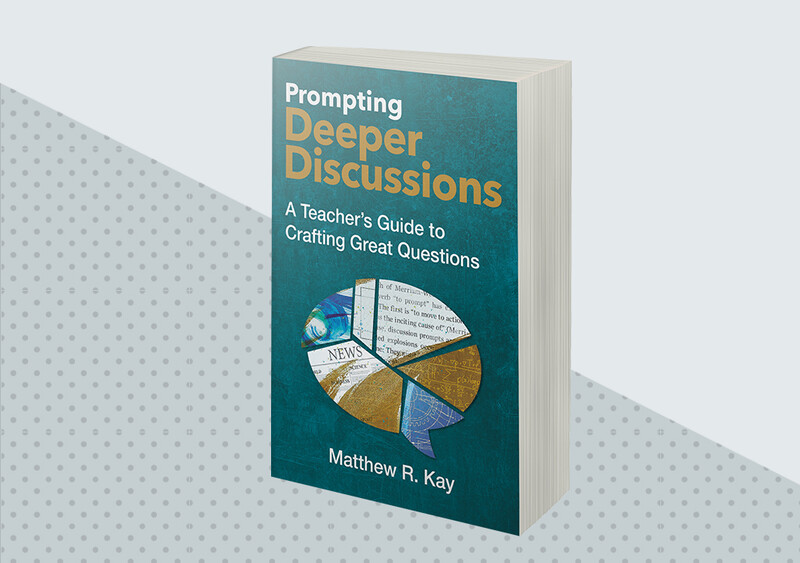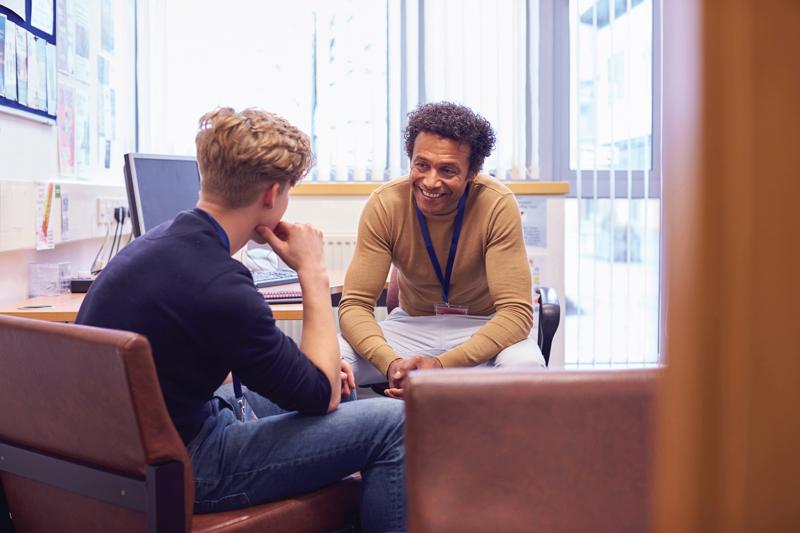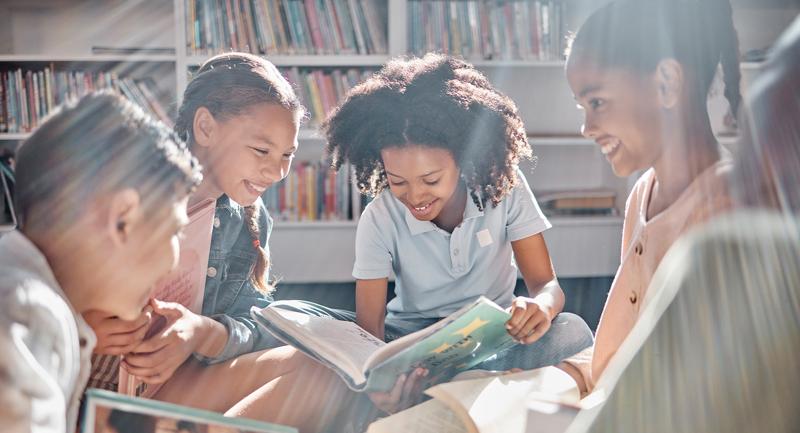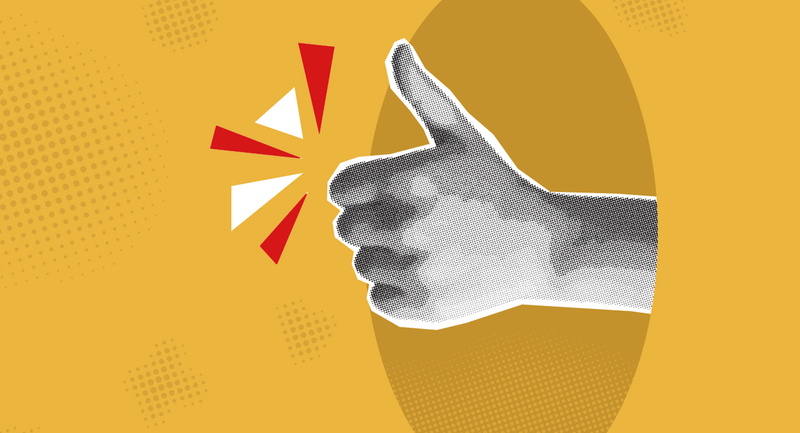Most fitness clubs realize that people who join during the “January rush” are often just setting off on their personal fitness journeys. Many of these new folks walk into a gym not knowing how to use equipment or perform certain exercises. Some start trying exercises at random, copying what they’ve seen and hoping for the best. After a month or so of this haphazard and inefficient approach, many of these “new year, new me” folks grow discouraged at a lack of results and fall off.
In many ways, this mirrors teachers’ relationships with innovation. We might, for example, be inspired to lead richer discussions, but we are unsure how to do so. So, we might test cool-sounding discussion strategies that we’ve read in a book or seen demonstrated at a conference. But without experience, we end up like the novice gym member, trying strategies randomly and getting frustrated at uneven results. This frustration often leads us to stop trying strategies that we’d been so excited about.
Every year means working with new students, new content, and new top-down initiatives—all while also trying to incorporate innovative strategies that we find interesting.
A similar cycle often occurs when the innovation is less-than-voluntary. Maybe a school district has spent millions of dollars on a new curriculum and is eager to show that the investment was worthwhile. Maybe an ambitious principal has an updated vision and is eager to get a school’s teachers moving in the same direction as quickly as possible. In many cases, teachers are handed something new during summer PD, mere weeks (or even days!) before working with students. It’s understandable that, under these circumstances, the “new stuff” can be executed inexpertly, which, again, leads to frustration over a lack of results. This frustration causes teachers to shelve the “new stuff” (secretly or otherwise, depending on the pressure that they’ve been put under) and go back to the “tried-and-true” stuff that they feel comfortable with. Sooner or later—typically sooner—the new initiative is retired and replaced with a lurch in a different direction. And on and on.
Breaking the Cycle
This frustrating cycle, whether voluntary or imposed, can be one of the most exhausting things about being a teacher. Our profession already has a lot of change. Every year means working with new students, new content, and new top-down initiatives—all while also trying to incorporate innovative strategies that we find interesting. It takes a lot of energy to keep it all together. But the dam begins to crack when we put pressure on ourselves (or pressure is put on us) to get results with all of this new stuff quickly.
It is crucial that we are given the chance to be bad at something, then less bad, then kinda good, then pretty good, on the way to being a master craftsperson. Let’s return to my prior example about a teacher’s ambition to lead richer class discussions. There are a lot of innovative strategies out there to help reach this goal, from jigsaws to speed dating to online backchannels. There are also plenty of innovative ways to assess students’ progress in these discussions. If a teacher is going to commit to being more dialogic, they’ve got a lot of stuff to try out—and many of us will initially fail at most of it. (“Well, I just tried letting the freshmen propose their own current event to discuss, and it was a hot mess!”) But when this failure is paired with reflection (“Maybe the freshmen could use a list of school-appropriate topics . . .”), we might find ourselves on the long path to getting good.
When failure is paired with reflection, we might find ourselves on the long path to getting good.
To take this example further, our students also deserve the chance to get good at innovative discussion activities through repetition and reflection. (“When I proposed that topic, I thought it would be funny, but it just ended up making my classmates uncomfortable. I’m gonna chill next time.”) For this Eureka to happen, there has to be a “next time.” It takes practice for students to learn how to behave in new situations, how to engage new strategies, and how to navigate new scholarly relationships with peers.
Support to “Get Good”
District and school leaders should keep all of this in mind when pushing innovation. Before mandating “a new thing,” they should ask themselves if they have given “the old thing” a good-faith chance to work. And if they still decide to innovate, how will they support teachers during the shift? Will teachers be given more than a few days of training? Will they be offered meaningful feedback on their implementation? How might classroom teachers, as the people who work directly with students, offer their feedback on what things look like on the ground? And, crucially, district and school leaders should ask themselves how they’ll react when teachers and students experience the messiness—or lack of immediate results—that comes with getting good at anything new.
Will this messiness be met with the sort of discouragement that encourages teachers to quietly “quit the gym” until the next initiative rolls around? Or will it be met with an encouragement that helps teachers keep trying to figure it all out?
Prompting Deeper Discussions
Learn how to craft better prompts and lead deeper class discussions.










